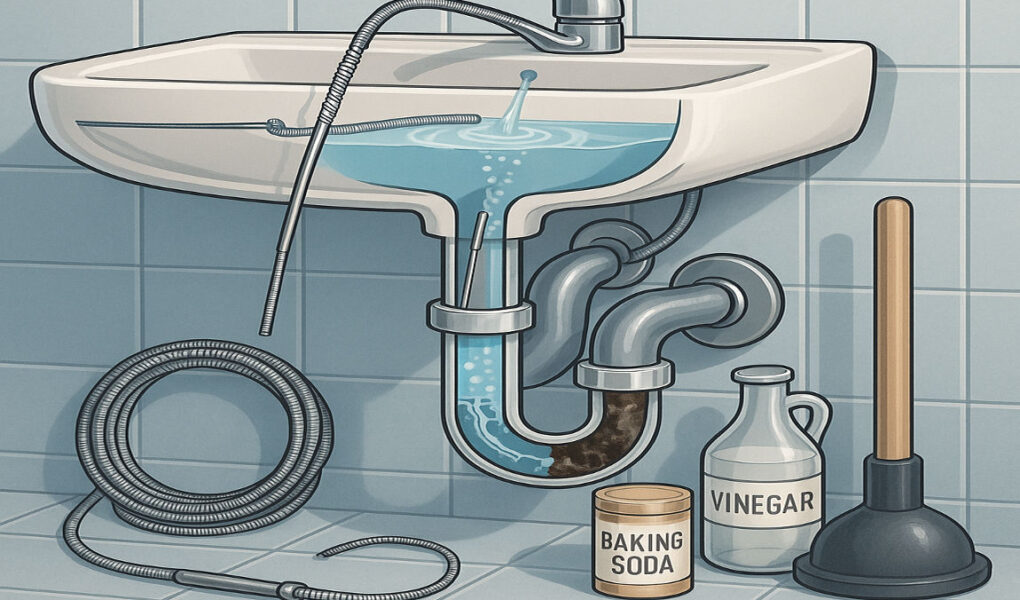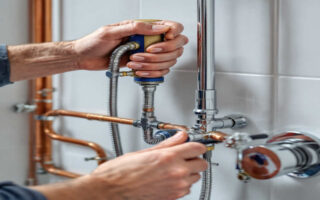Keeping your home’s drain pipes clean is essential for maintaining a healthy and functional household. Clogged or dirty pipes can lead to unpleasant odors, slow drainage, and even costly plumbing repairs. But don’t worry—cleaning your drain pipes doesn’t have to be a daunting task. With the proper knowledge and tools, you can tackle this issue yourself and prevent future problems.
Why Clean Drain Pipes Matter
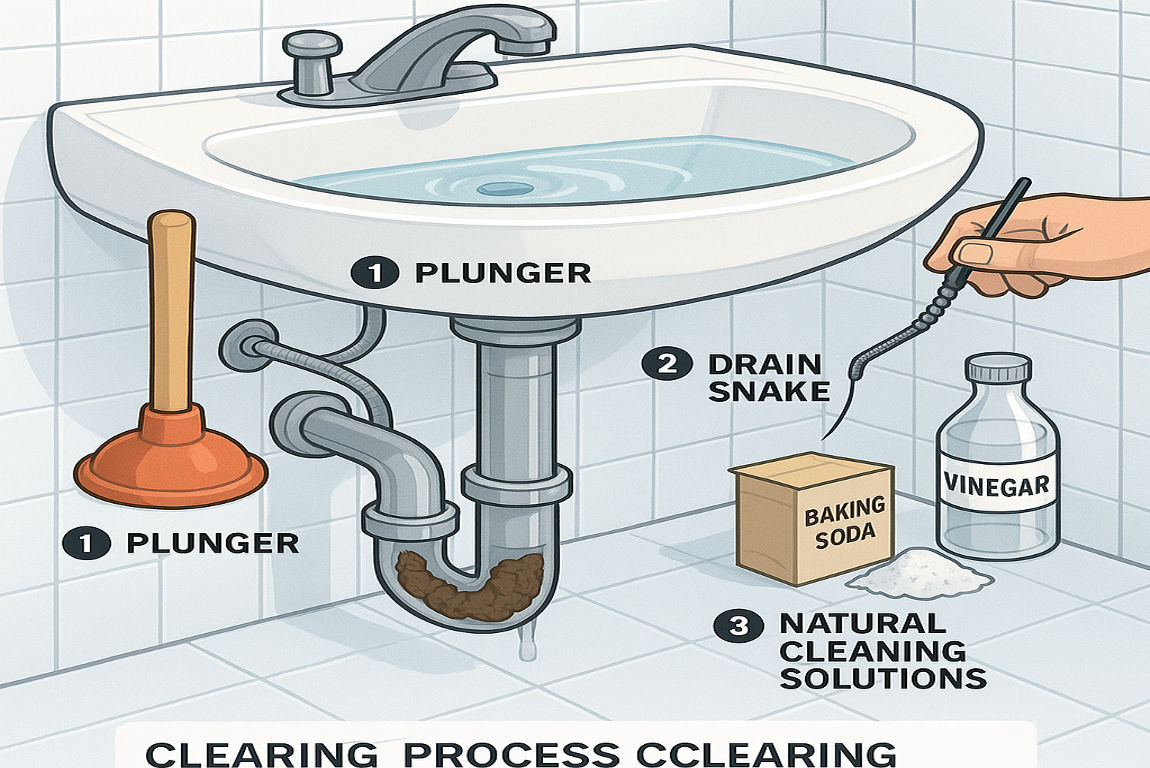
The Importance of Clean Drain Pipes
Drain pipes are the unsung heroes of your home’s plumbing system. They carry wastewater away from your sinks, showers, and appliances, ensuring your home stays clean and hygienic. However, over time, debris such as grease, hair, soap scum, and food particles can accumulate, leading to clogs and other issues.
When your drain pipes are clogged, you might notice:
- Slow drainage in sinks, tubs, or showers.
- Unpleasant odors wafting from your drains.
- Water backups that can cause damage to your home.
By keeping your drain pipes clean, you can avoid these problems and ensure your plumbing system runs smoothly.
Understanding Drain Pipes and Common Issues
What Are Drain Pipes?
Drain pipes are the network of pipes in your home that transport wastewater to the sewer or septic system. They’re typically made of materials such as PVC, cast iron, or copper and are designed to handle everything from soapy water to small food particles.
Common Causes of Clogs
Clogs don’t happen overnight—they’re usually the result of gradual buildup. Here are some of the most common culprits:
- Hair: A major offender in bathroom drains.
- Grease and Oil: These solidify in pipes, especially in kitchen drains.
- Soap Scum: Over time, soap residue can harden and restrict water flow.
- Food Particles: Even small scraps can accumulate and cause blockages.
- Tree Roots: In older homes, roots can invade underground pipes.
Signs Your Drain Pipes Need Cleaning
Do your pipes need attention? Look out for these warning signs:
- Water takes longer than usual to drain.
- Foul smells linger near your sinks or drains.
- Gurgling sounds come from your pipes.
- Multiple drains in your home are slow or clogged.
You may also rad (is home plumbing essential for real estate success).
How to Clean Out Drain Pipes in House: Step-by-Step DIY Methods

Now that you understand the importance of clean drain pipes, let’s explore some effective DIY methods to tackle clogs and buildup.
1. Basic Cleaning with Hot Water
Sometimes, the simplest solutions are the most effective. Hot water can help dissolve minor grease and soap buildup in your pipes.
Steps:
- Boil a kettle of water.
- Slowly pour the hot water down the drain in two or three stages.
- Wait a few minutes between each pour to allow the heat to work.
When to Use:
- Use this method weekly as a preventative measure.
- It’s ideal for minor clogs or slow drains.
Using Baking Soda and Vinegar
This natural cleaning method is both eco-friendly and effective. The chemical reaction between baking soda and vinegar helps break down buildup in your pipes.
Steps:
- Pour 1/2 cup of baking soda down the drain.
- Follow with 1/2 cup of white vinegar.
- Cover the drain and let the mixture sit for 15-30 minutes.
- Flush with hot water.
Why It Works:
- Baking soda is a mild abrasive that loosens debris.
- Vinegar’s acidity dissolves grease and grime.
Safety Tips:
- Avoid using this method immediately after chemical drain cleaners.
- Always flush thoroughly with water to prevent residue.
Manual Cleaning Techniques
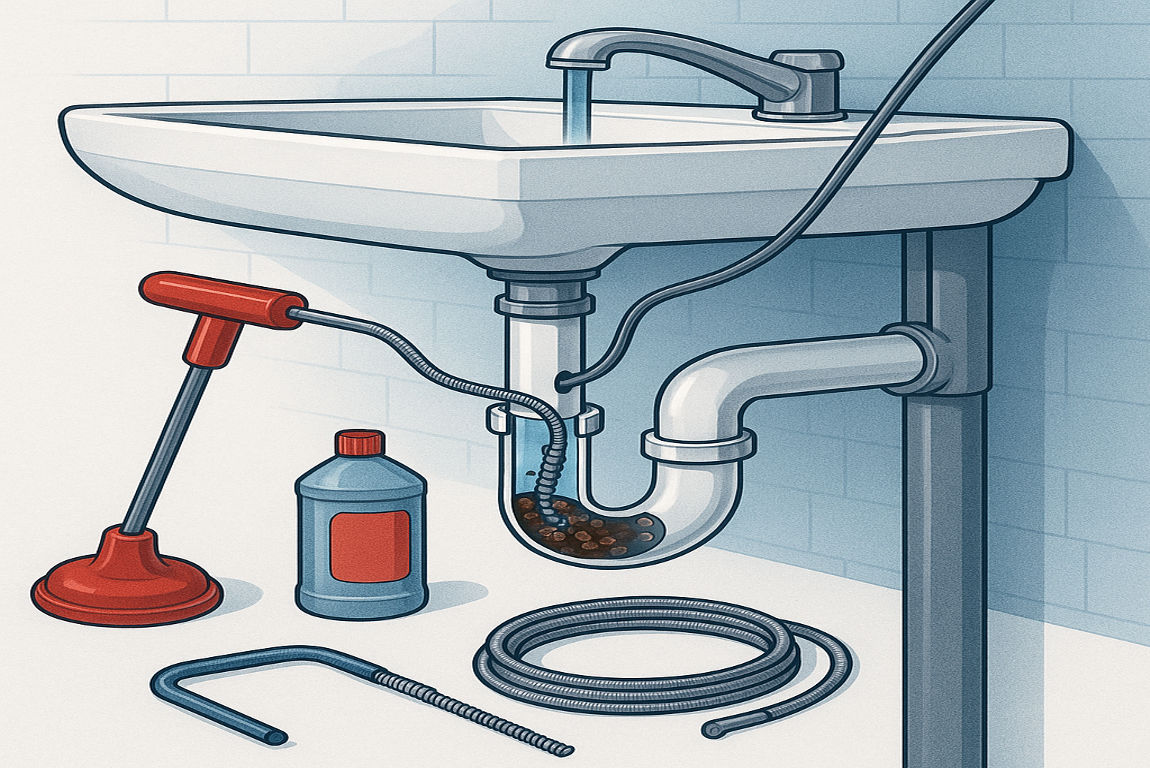
For more challenging clogs, you may need to roll up your sleeves and manually clean your pipes.
Using a Plunger
- Fill the sink or tub with enough water to cover the base of the plunger.
- Place the plunger over the drain and pump vigorously.
- Check if the water drains properly.
Using a Drain Snake or Auger
- Insert the snake into the drain until you feel resistance.
- Rotate the handle to break up the clog.
- Pull the snake out and dispose of the debris.
Cleaning the P-Trap
- Place a bucket under the sink to catch any water that may spill.
- Unscrew the P-trap (the U-shaped pipe) and remove it.
- Clean out any debris and reattach the trap.
You may also rad (the ultimate guide to fixing your home heating issues).
Commercial Drain Cleaners: Pros and Cons
Chemical drain cleaners can be effective, but they come with risks.
Pros:
- Quick and easy to use.
- Effective for dissolving grease and hair.
Cons:
- It can damage pipes over time.
- Harmful to the environment.
Tip: Opt for enzyme-based cleaners as a safer alternative.
Tools and Materials Needed
Here’s a handy list of tools you might need for DIY drain cleaning:
Tool/MaterialPurposeWhere to Buy
Plunger Clearing minor clogs Hardware stores
Drain snake/auger Removing tough blockages Online or in rental shops
Bucket Catching water during cleaning Any store
Rubber gloves Protecting your hands Grocery or hardware stores.
Preventative Measures to Keep Drain Pipes Clean
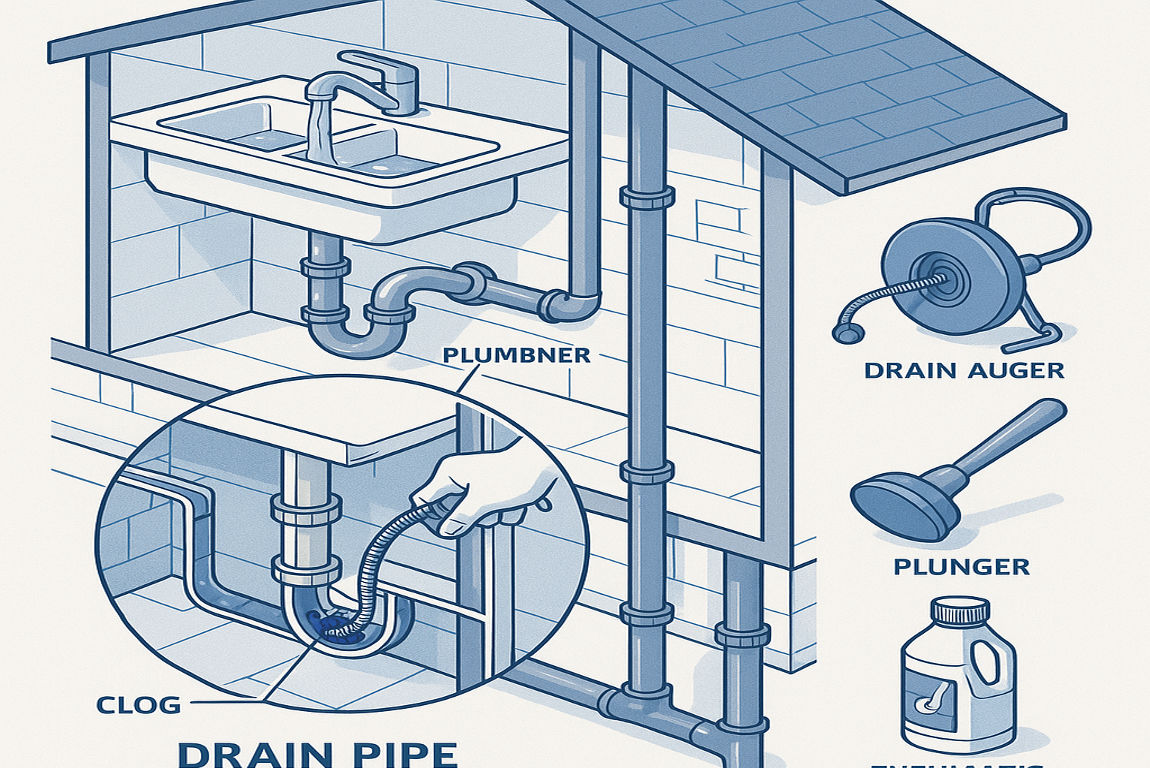
Prevention is always better than cure. Here are some habits to keep your drain pipes clean:
Best Practices
- Avoid pouring grease or oil down the drain.
- Use drain strainers to catch hair and food particles.
- Dispose of coffee grounds and food scraps in the designated trash bins.
Routine Maintenance
- Flush drains with hot water weekly.
- Use baking soda and vinegar monthly to prevent buildup.
When to Call a Professional Plumber
Sometimes, DIY methods aren’t enough. Here’s when to call in the pros:
Signs You Need Help
- Persistent clogs that don’t respond to DIY methods.
- Foul odors that persist.
- Multiple slow drains in your home.
What to Expect
Professional plumbers utilize advanced techniques, such as hydrojetting and camera inspections, to clean and diagnose your pipes.
You may also rad (transform your home rough in plumbing essentials).

